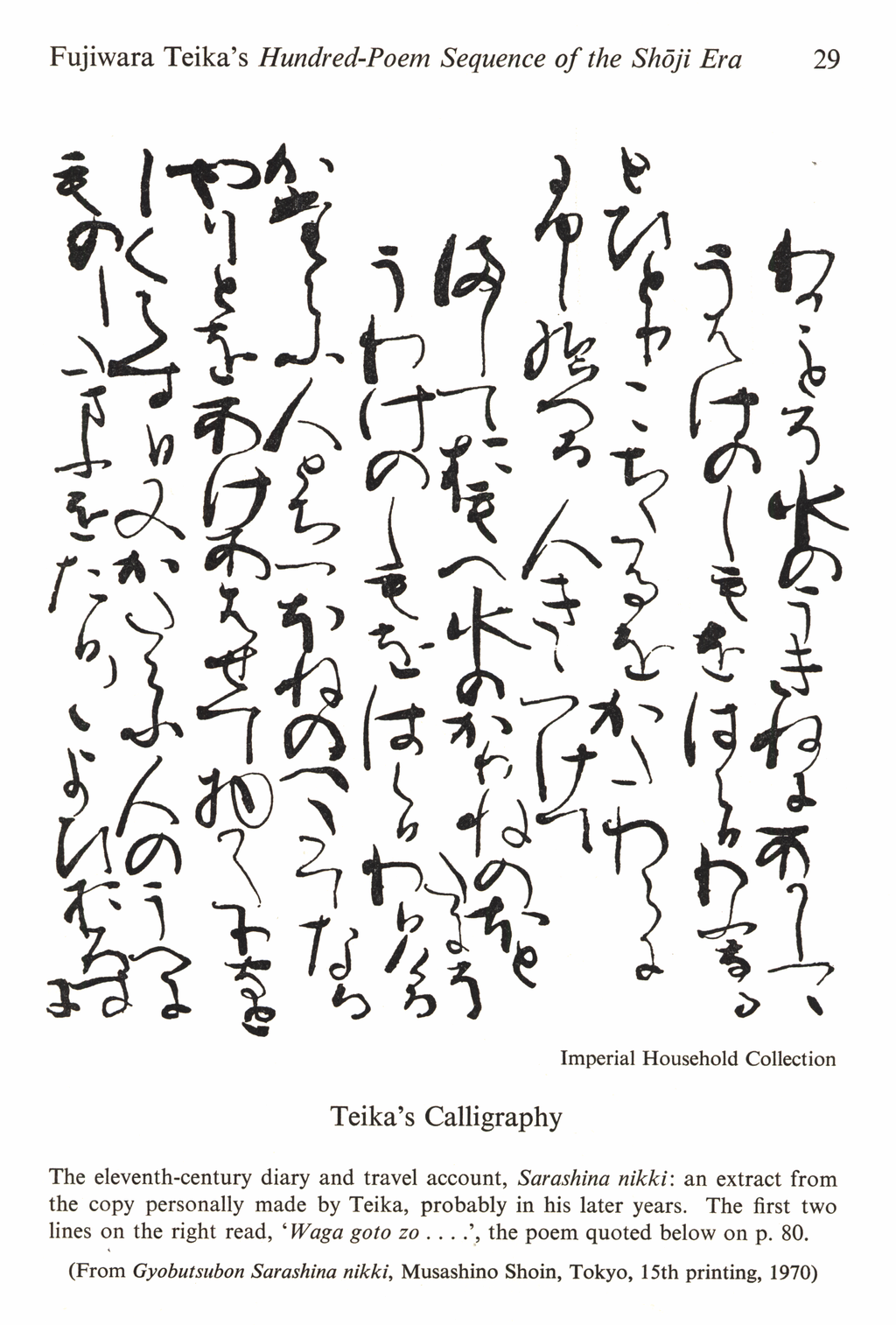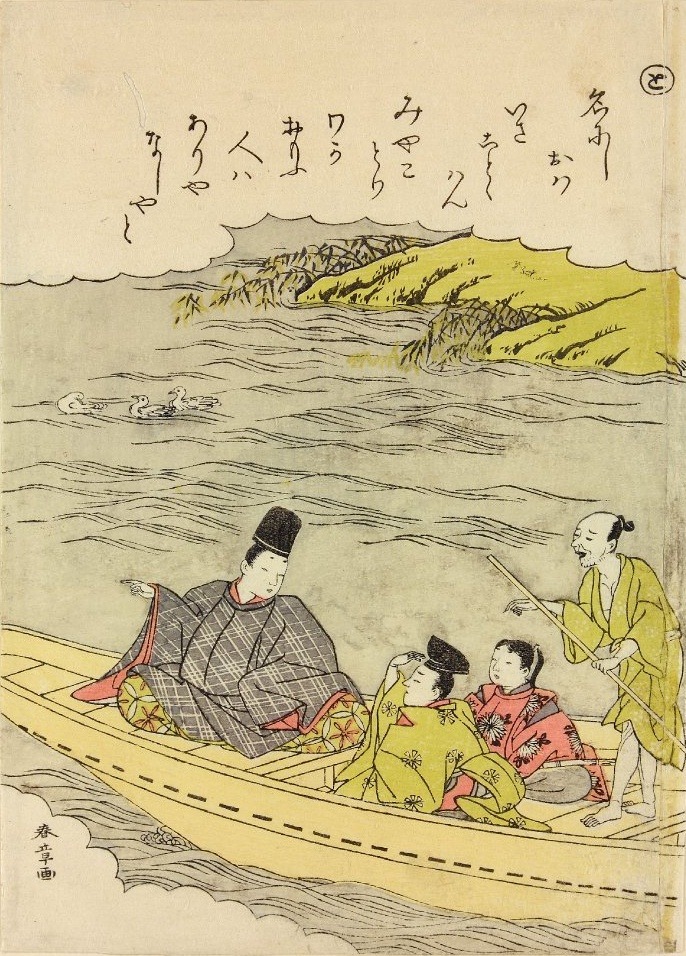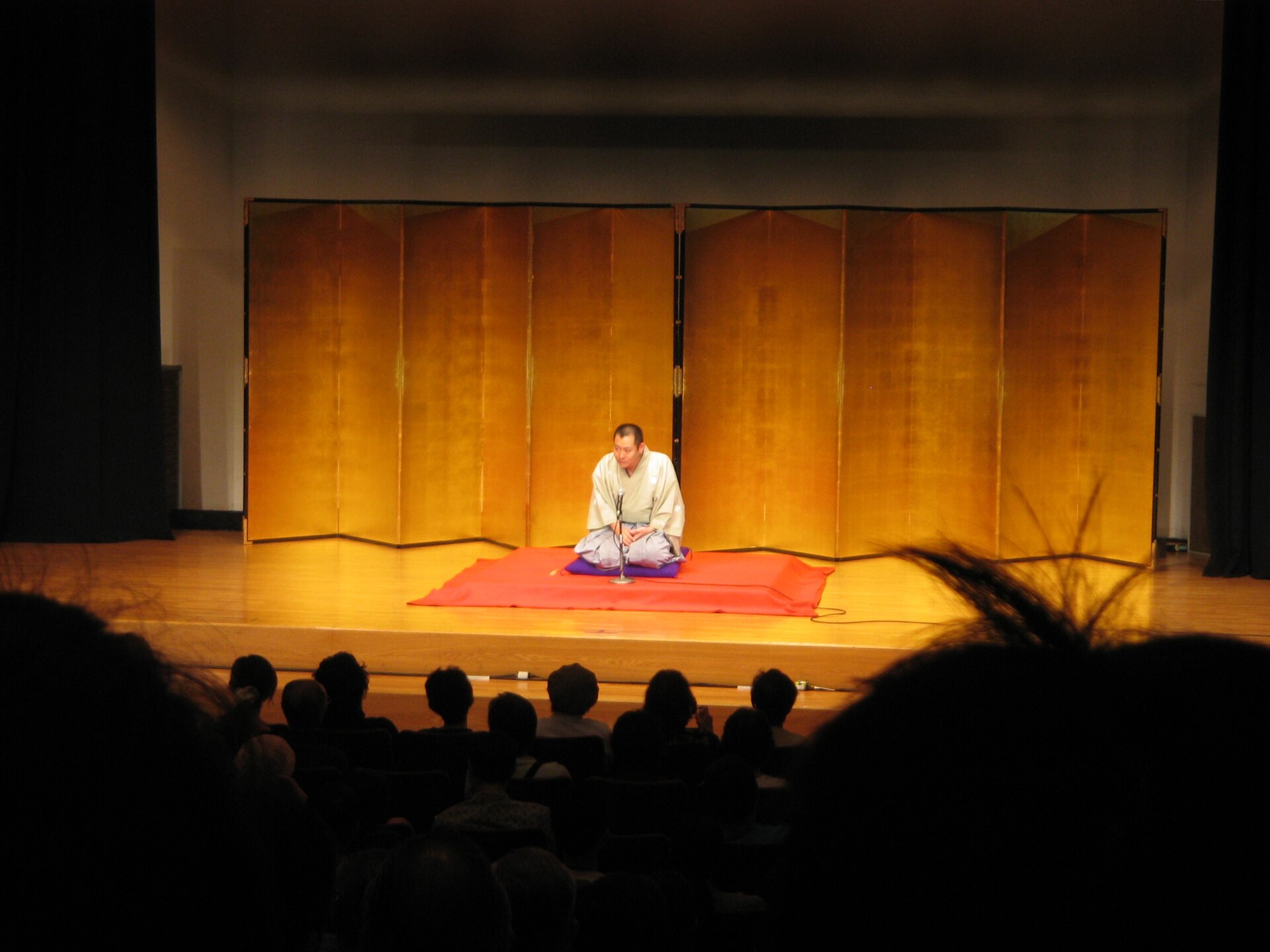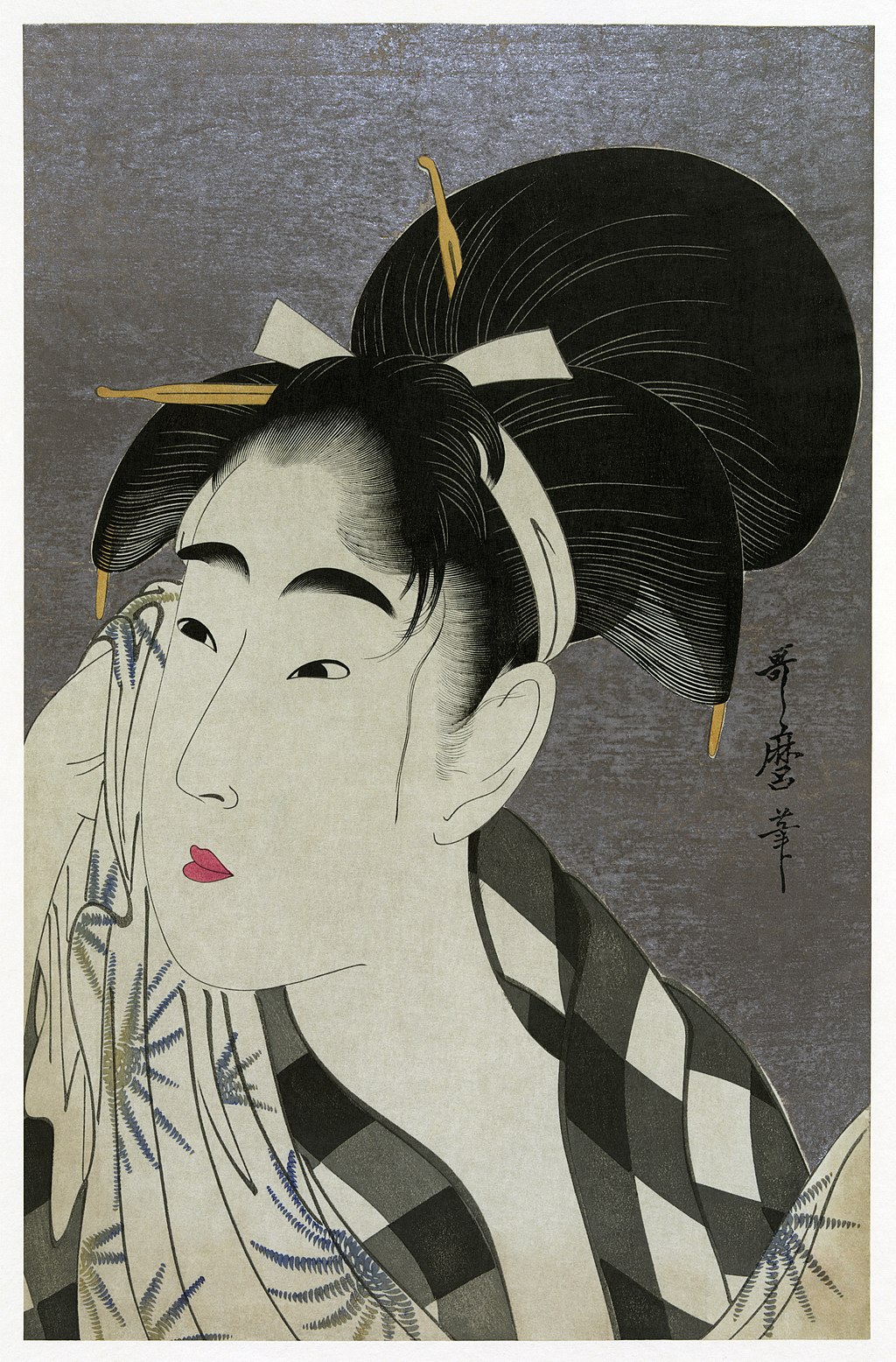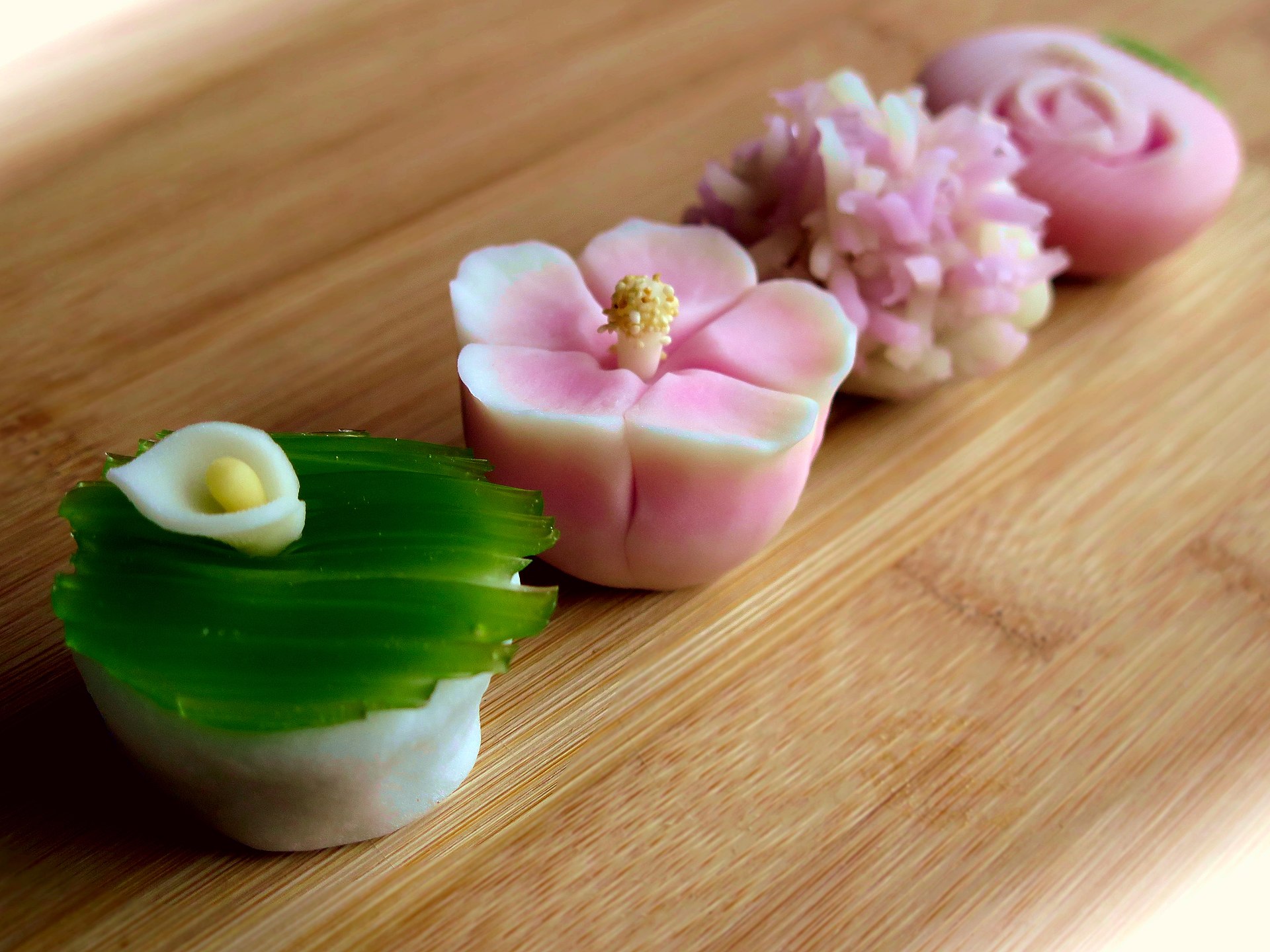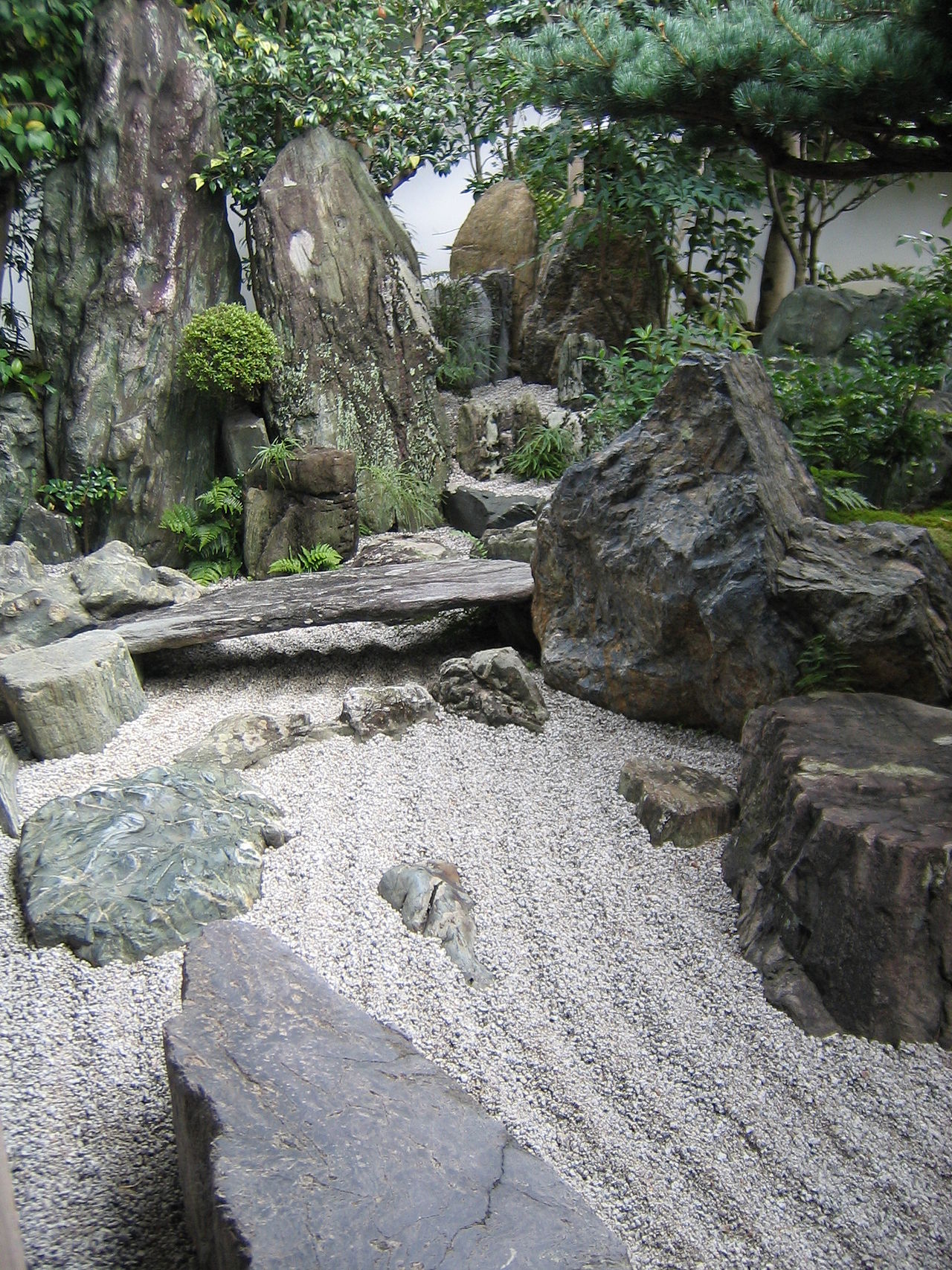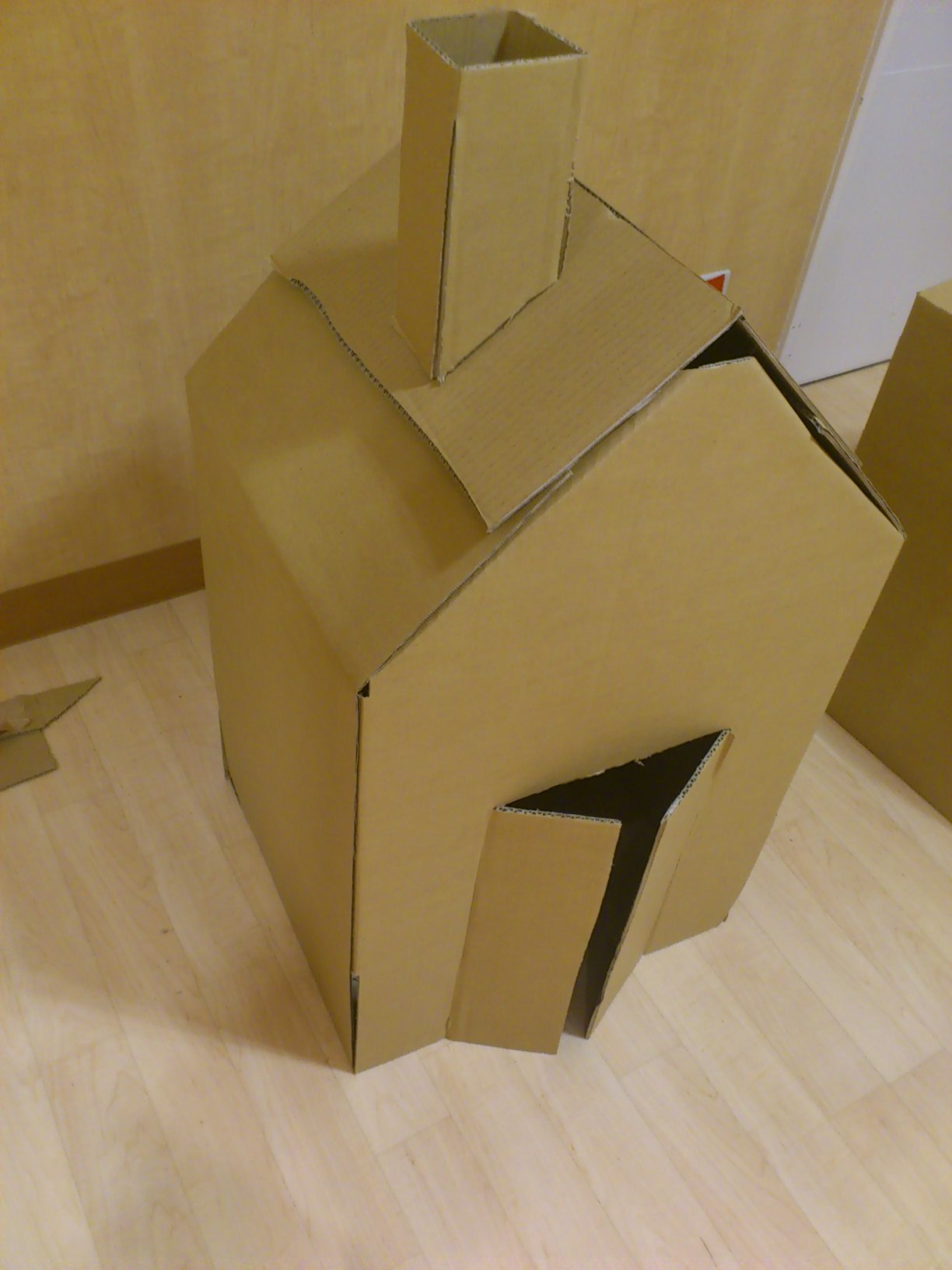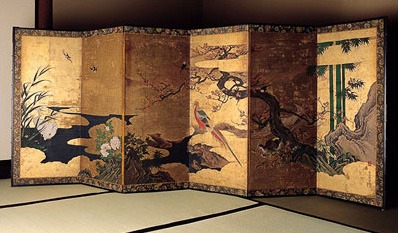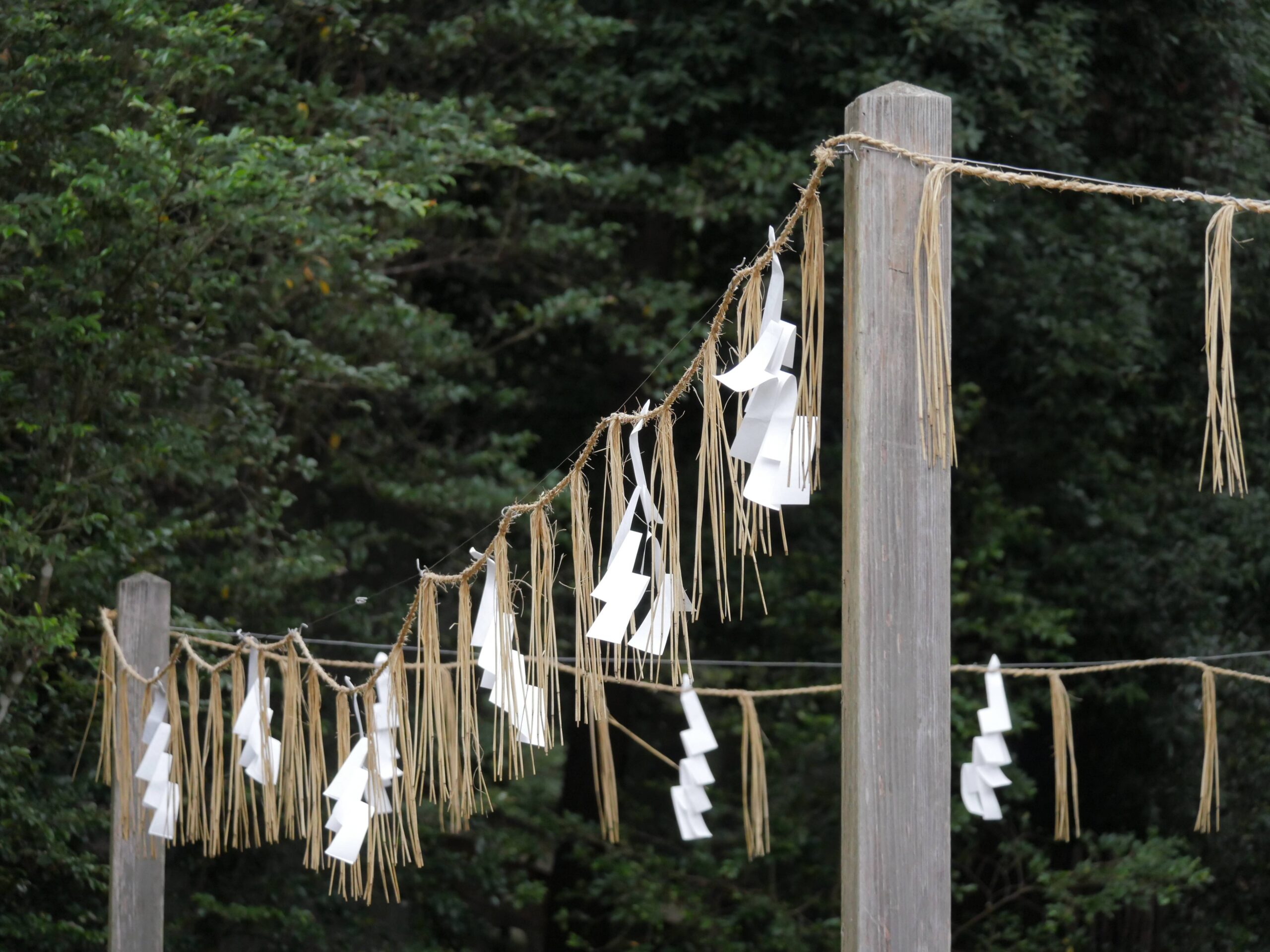Mitate(representaion)・Honkadori(sampling)
Mitate (見立て) is a concept from Japanese culture that roughly translates to “seeing and comparing” or “seeing as.” The principle behind it is to see something as if it were something else, a kind of metaphorical perception, that is applied to art, literature, or daily life. It’s often used to evoke a sense of familiarity or convey an in-depth meaning that goes beyond the surface level.
Mitate is deeply rooted in Japanese aesthetics and philosophy, playing a significant role in various cultural expressions, including poetry, painting, ceramics, flower arranging, and even fashion.
For instance, in the traditional Japanese poetry form known as haiku, mitate might be used to make a comparison between the changing seasons and the ephemeral nature of life. Similarly, in the visual arts, an artist might create a painting that uses the representation of a certain object or scene as a metaphor for a completely different concept or feeling.
Mitate can also be seen in the traditional tea ceremony (sado) or ikebana (flower arrangement), where a particular utensil or flower arrangement might be chosen to evoke a certain season, mood, or cultural reference, thus creating a deeper layer of meaning and experience for those participating.
It’s important to note that the ability to identify and appreciate the mitate often requires a shared cultural knowledge and sensitivity, a level of understanding that goes beyond the simple, literal interpretation of the object or idea in question. This reflects the Japanese aesthetic principle of subtlety and indirectness, where meaning is often suggested or implied, rather than being directly stated.

